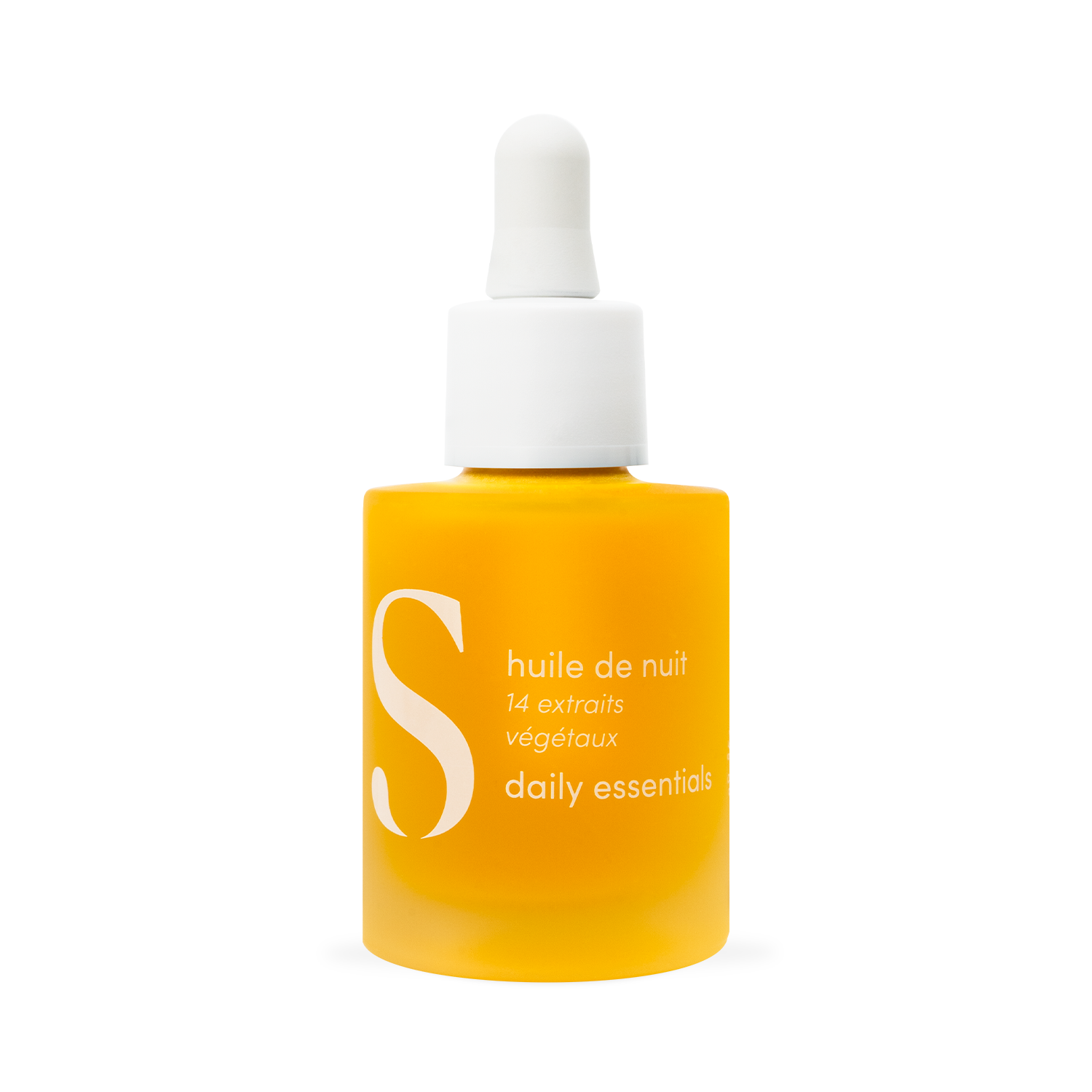Hydrate VS Nourish
We often confuse moisturizing and nourishing, thinking that it is the same action for the skin but it does not work the same... An oil, for example, nourishes the skin by providing it with the necessary lipids while a moisturizing serum provides the water that the skin needs. So what is the difference between hydrating and nourishing the skin? We will explain everything to you.
Humectant, emollient, occlusive: what hydrates and what nourishes?
Let's start with a quick reminder:
- A humectant like glycerin or hyaluronic acid is an ingredient that provides water to the skin: it hydrates it.
- An emollient is a lipid, fat that we bring to the skin like ceramides or jojoba oil: it nourishes it.
- An occlusive will reduce transepidermal water loss by forming a film on the skin. To be more precise, an occlusive can be an emollient: shea butter nourishes the skin and reduces transepidermal water loss .
The difference between hydrating and nourishing concerns what we are talking about: are we providing water or fat to the skin? We provide water to dehydrated skin and fat to dry skin, for example. However, the only difficulty concerns dry skin which, by lacking fat, retains water less well. We therefore often have dry skin and dehydrated skin.
All skin needs both contributions; like you, your skin needs to drink (water intake) and needs to eat (fat intake) in order to function well. The most important thing is to identify if sometimes your skin needs water more than oil and vice versa.
How to choose your moisturizer based on your skin type?
A moisturizer contains humectants to hydrate the skin, emollients to nourish it, and occlusives to reduce water evaporation. The texture of the cream is generally a clue to its composition:
- Gel texture creams are concentrated in humectants and low in emollients and occlusives: they are suitable and recommended for oily skin .
- Fluid texture creams have a good balance between moisturizers, emollients and occlusives: they are suitable for normal to combination skin and do not give a feeling of heaviness.
- Rich texture creams are concentrated in emollients and occlusives: they provide dry skin with the oil it is unable to produce.
Do you really need a moisturizer?
Yes because all skin needs hydration but does not necessarily need the same “supplies”. Some skin types will need a much greater contribution and will have to turn, in addition, to moisturizing serums or even boosters to add to their cream .
I have oily/combination skin and I don't want to use oil for fear of having even oilier skin
This is one of our favorite myths... Know that on the contrary nourishing combination to oily skin is sometimes essential to rebalance sebum production and therefore reduce it in the long term. Just because your skin produces more sebum doesn't mean you don't need "good fats" to maintain its proper functioning. We advise you to turn to vegetable oils whose composition is close to sebum, such as jojoba oil.
How to take care of your skin every day?
We advise you to always have a balanced intake of water and lipids and above all to be vigilant to the signs that your skin sends you. If it feels tight, it is dull and you see fine lines appear: it is mainly because it lacks water. If your skin tends to flake, appears "rough" and is uncomfortable, it means it lacks oil.
In the case of skin lacking water, the best is to give it an extra shot of hydration with an ultra-concentrated hydrating serum or a booster (or both). Our anti-thirst serum contains acacia seed extract, a biomimetic active ingredient, to both hydrate your skin and retain the water already present.
If your skin prefers few products, the hydrating booster will be perfect: it is rich in hyaluronic acid of different molecular weights (3%) and boosts the hydration of your moisturizing cream in just 3 drops.
If your skin is rather lacking in oil, we recommend that you favor treatments enriched with vegetable oils or provitamin B5 (panthenol), for example.
In the evening, we advise you to follow this routine regardless of what your skin is lacking because your skin experiences intensified transepidermal water loss for 8 hours. It is therefore necessary to provide hydration but above all to protect it! Therefore :
- We clean our skin with a gentle cleanser for the skin so as not to dehydrate it: our make-up removing oil and cleansing jelly are both soothing thanks to their formula enriched with calendula.
- Apply a lotion, a moisturizing mist , a hydrating serum or reinforce the action of your cream with a booster.
- A moisturizer and night oil can then be applied to seal the moisture into the skin.




















